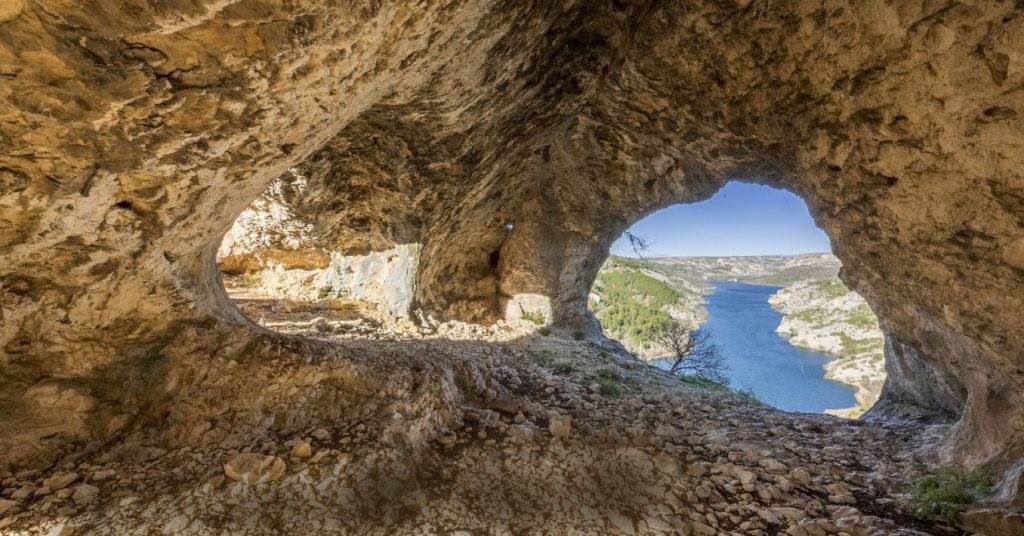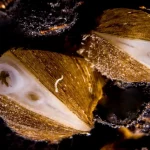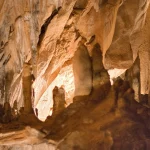Dinaric karst caves are one of the best-kept secrets of Dalmatia. While the majestic Dinaric Alps are an ever-present backdrop within holiday photos taken on the Croatian coast, the Dinaric karst caves and cave systems that can be found intermittently running through them remain little known, explored only by a handful of expert speleologists and biologists. And, that is how it should remain, because they are teeming with very rare species.
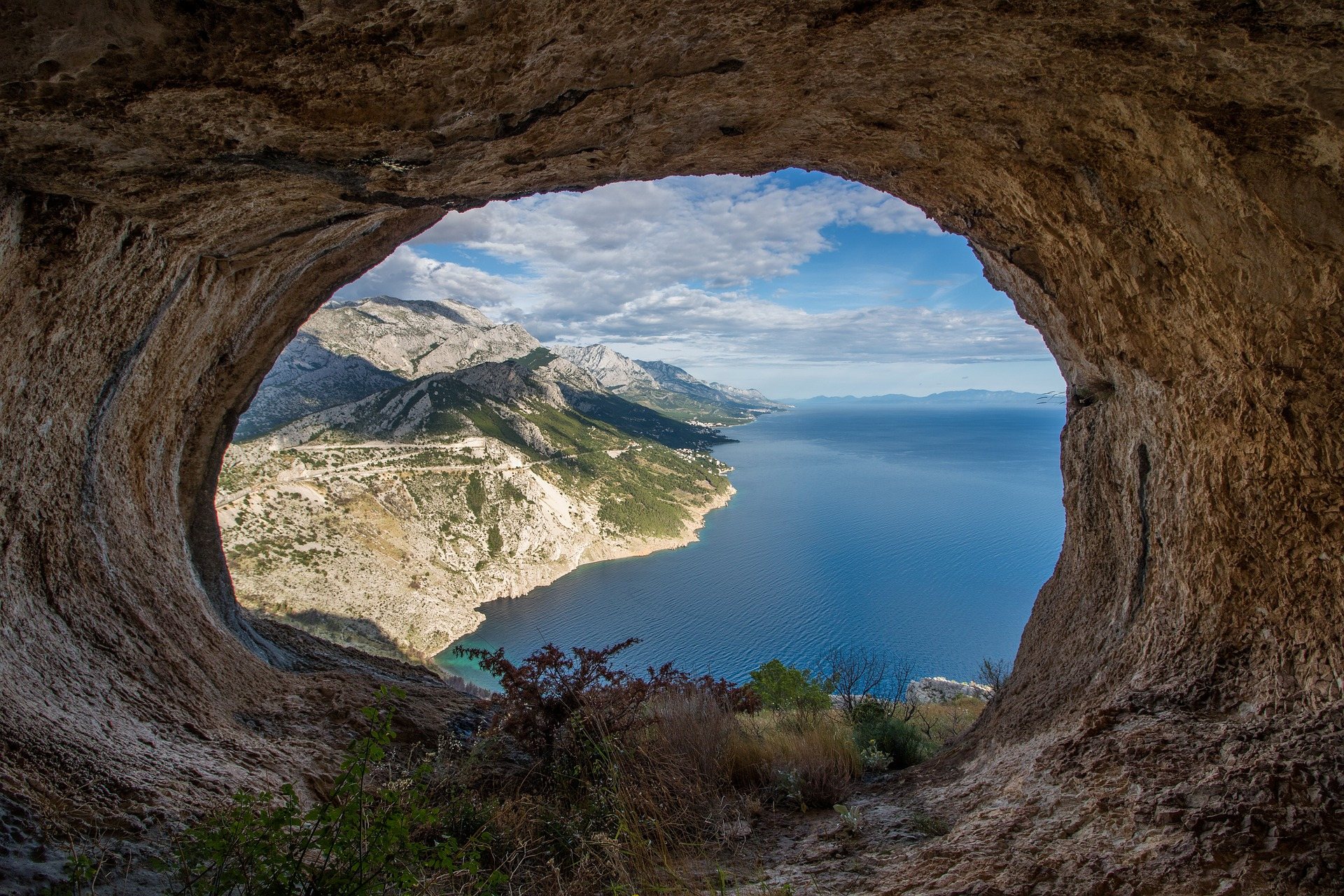 A cave in the Dinaric Alps in Dalmatia
A cave in the Dinaric Alps in Dalmatia
Croatia’s Dinaric karst caves are the richest in the world when it comes to species that live within them. Many of the creatures that live in Dinaric karst caves are extremely rare, with 70% of them being indigenous exclusively to Croatia.
Having evolved over millenia to life in the darkened environs of Dinaric karst caves, the animals that inhabit this subterranean ground once lived above-ground and were much more common. The tough, lightless conditions of Dinaric karst caves meant that only those who were strong enough to adapt would survive, developing new features or losing others in response to their habitat.
Recently featured in TCN because it is up for ‘Mollusc of the Year’, the rare Congeria Kusceri is a classic example of how Dinaric karst caves have changed in response to their environment. The mollusc lost its pigmentation and any sense of sight due to having a lifetime bereft of sunlight.
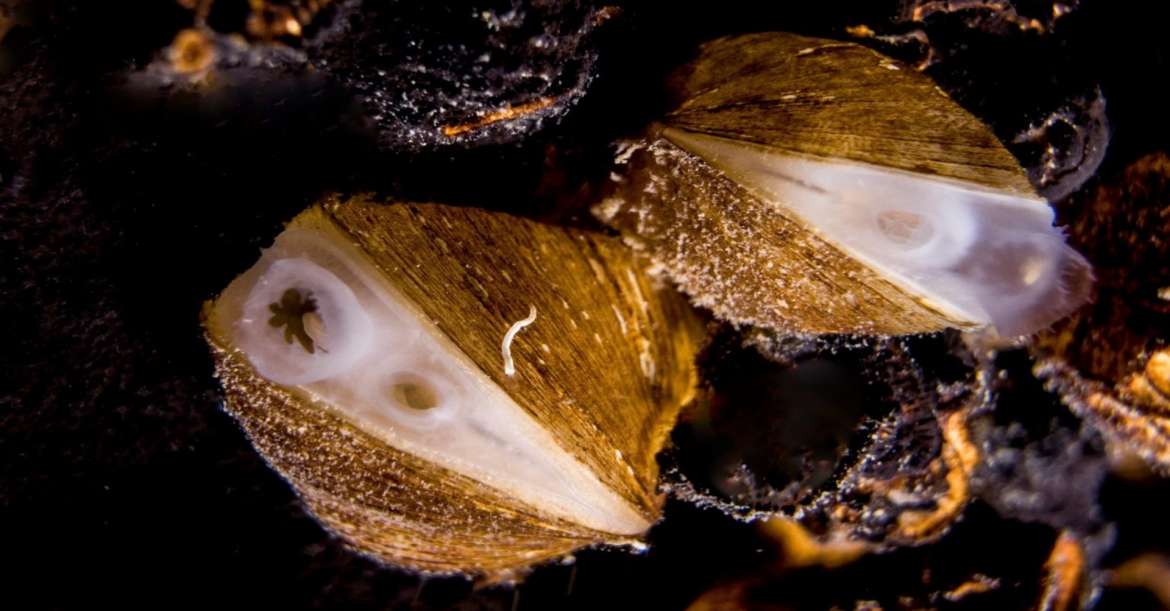 Congeria kusceri © Vedran Jalžić
Congeria kusceri © Vedran Jalžić
According to a recent article published by National Park Krka, who themselves have many rare species and Dinaric karst caves, other classic characteristics of the evolutionary process on Dinaric karst caves species include a thinning of the integument (the protective outer layer, shell or skin), lengthening of body parts, slow metabolism, life longevity, low reproduction, accumulation of fat reserves, reduced aggression, cessation of day-night rhythm, cessation of seasonal changes and activities, and changes in brain structure.
186 Dinaric karst caves species have been endangered according to the endangerment criteria of the International Organization for Nature Protection (IUCN). One of the biggest threats is the pollution of their underground habitats. Therefore, some of caves have been recognised at a national and at an EU-level as being natural habitats of special interest and marked as off-limits. About 400 speleological objects are listed under Caves and pits closed to the public (code 8310) and 220 under Overflowing or partially flooded sea caves (code 8330).
But, for those interested in discovering the hidden network of Dinaric karst caves within Croatia, there are many which are accessible and open to the public. Official guides and several speleology associations are available to reveal these secret subterranean lairs. What you see inside might be just as spectacular as how these mountains look in the background of your holiday snaps.
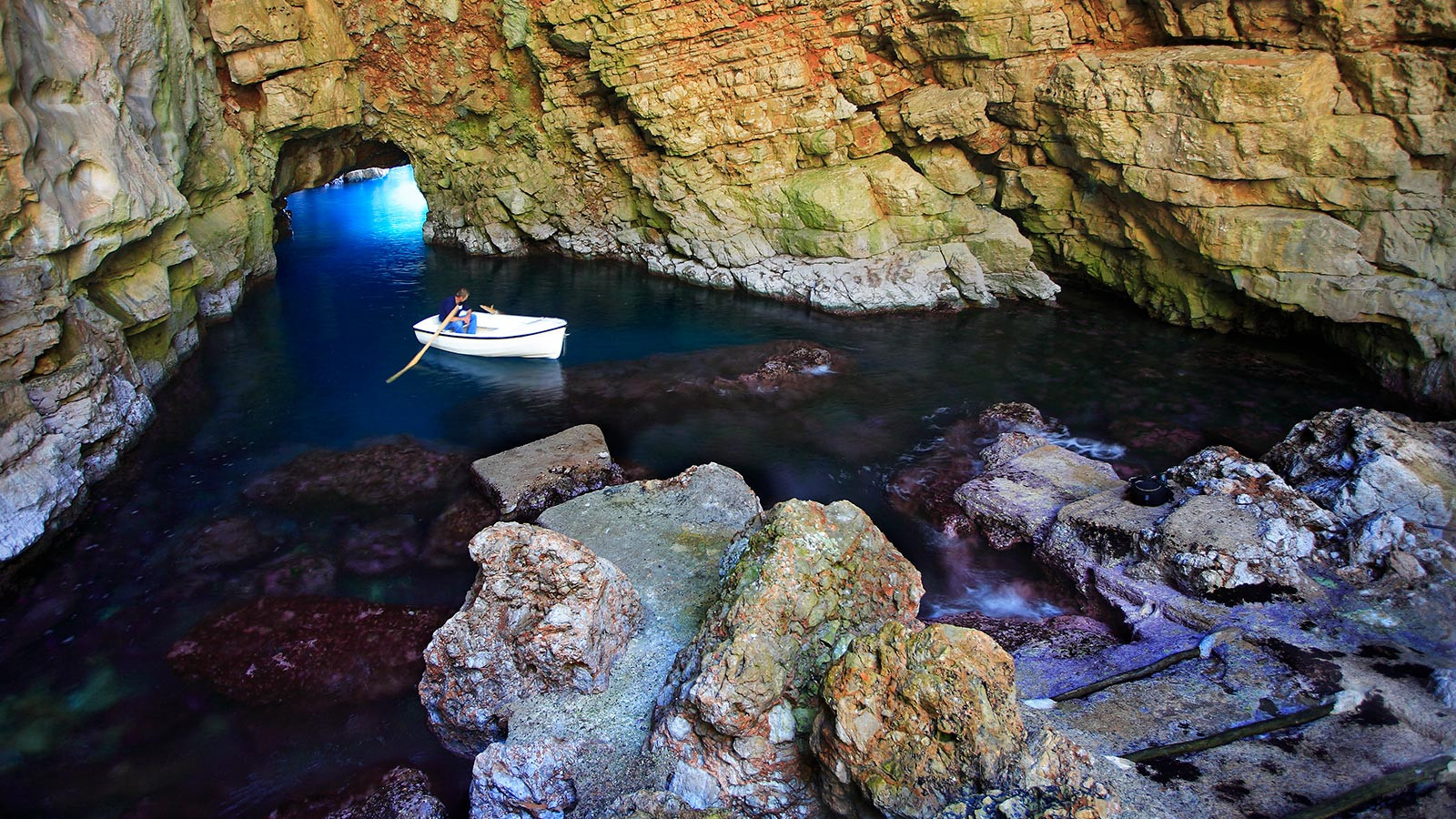
The Ulysses cave on Mljet island, one of the many caves in Croatia which is accessible to the public © TZ Mljet

